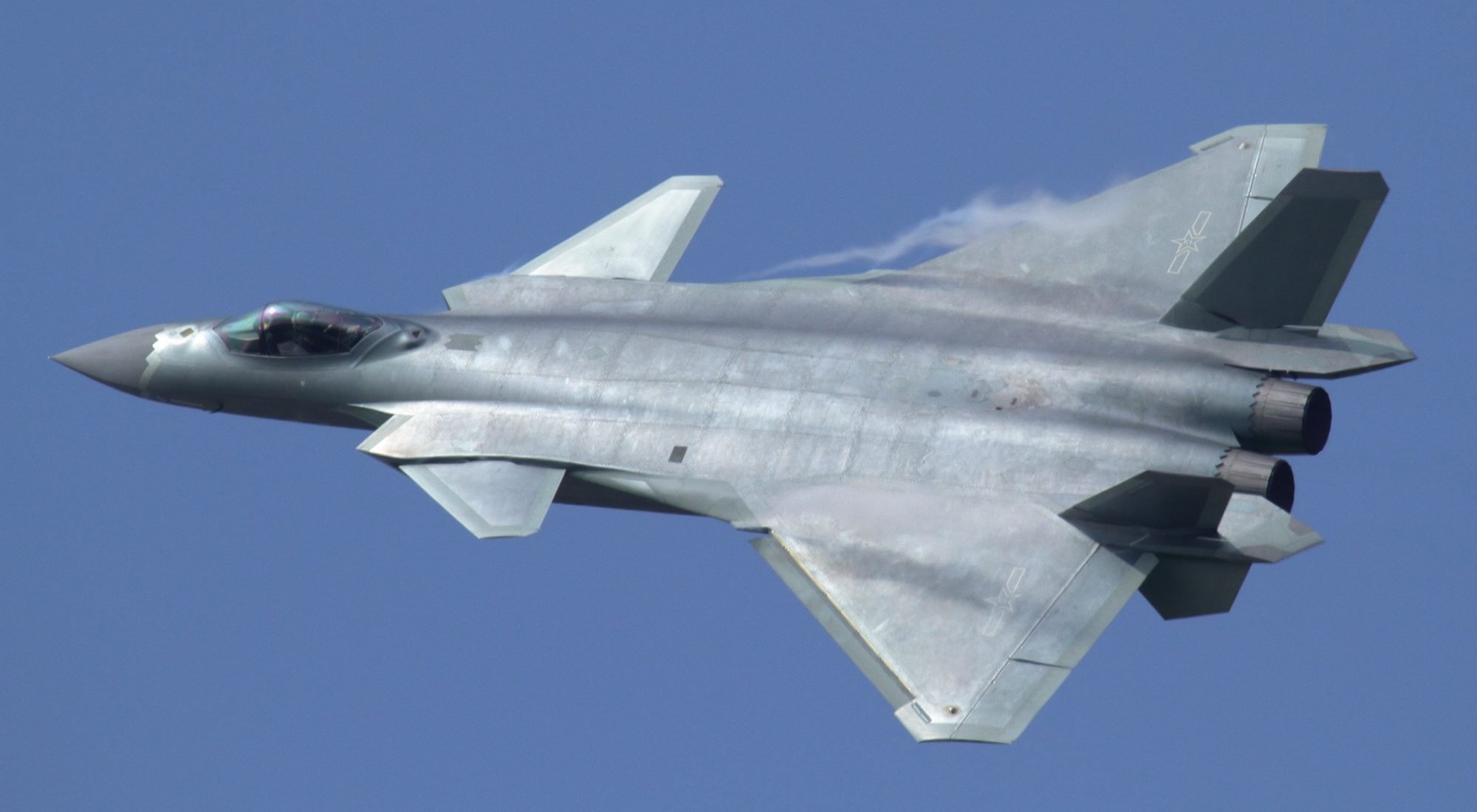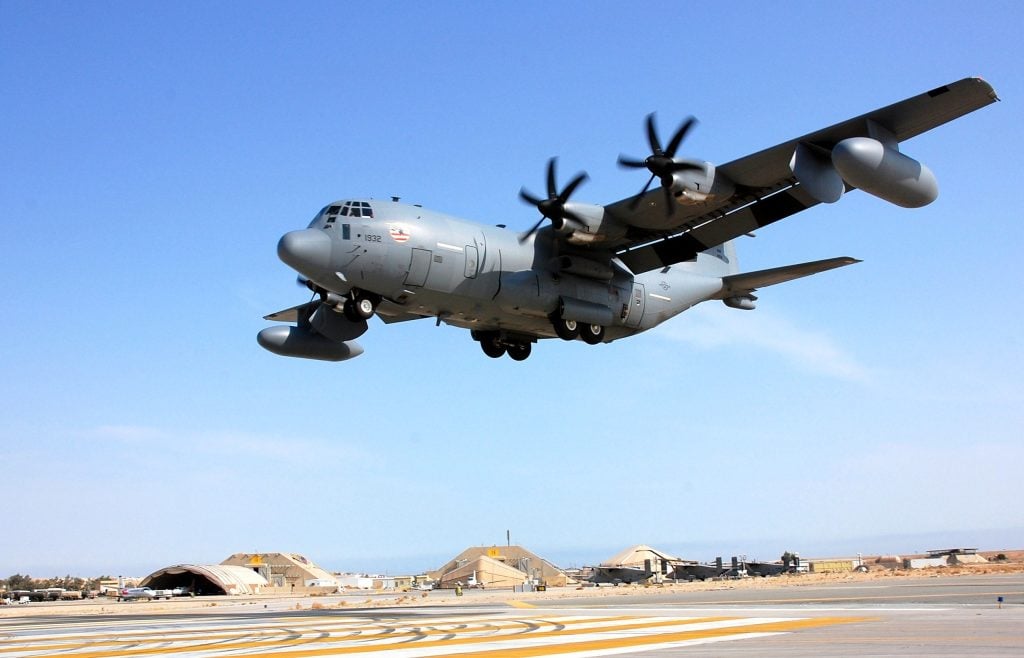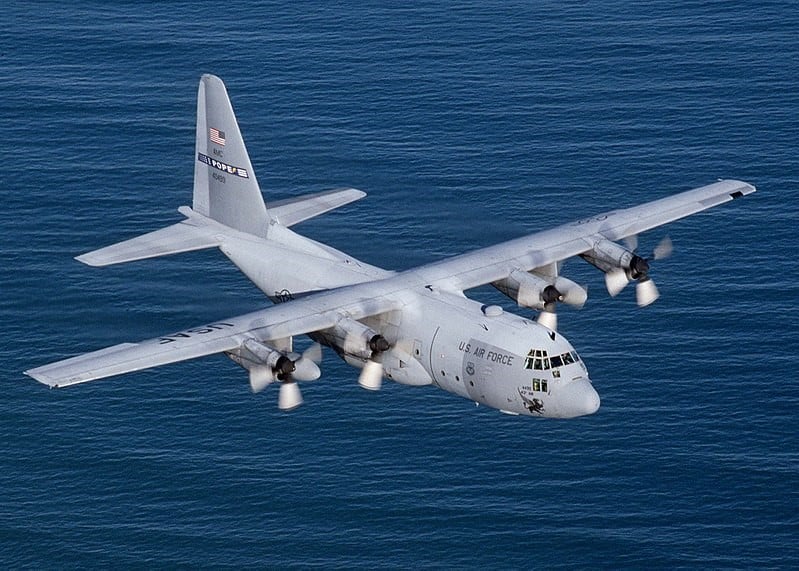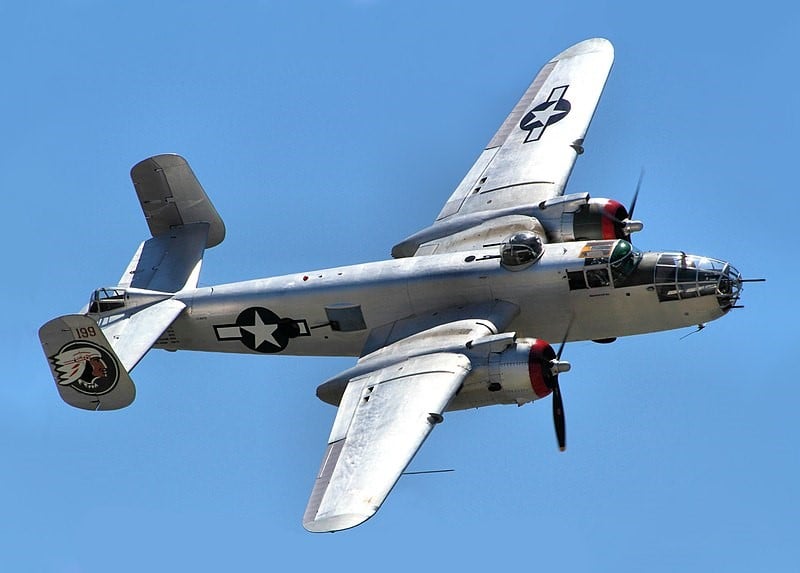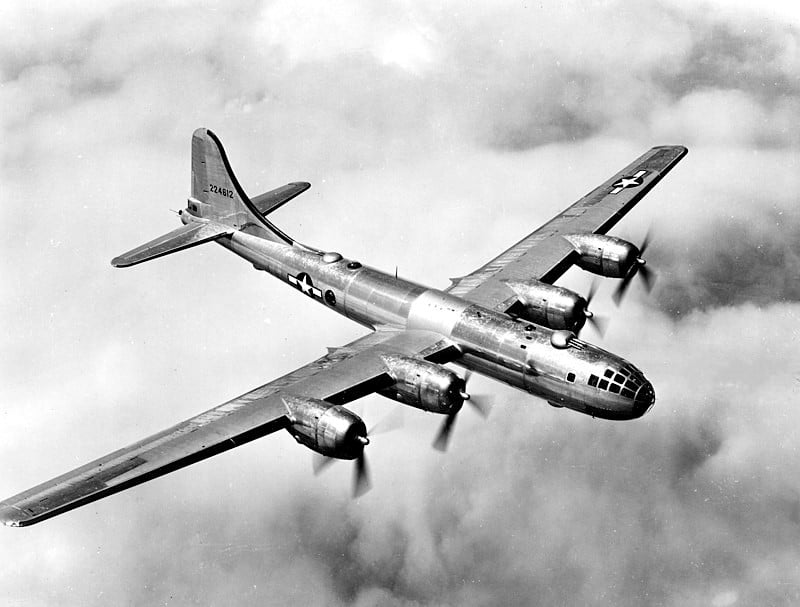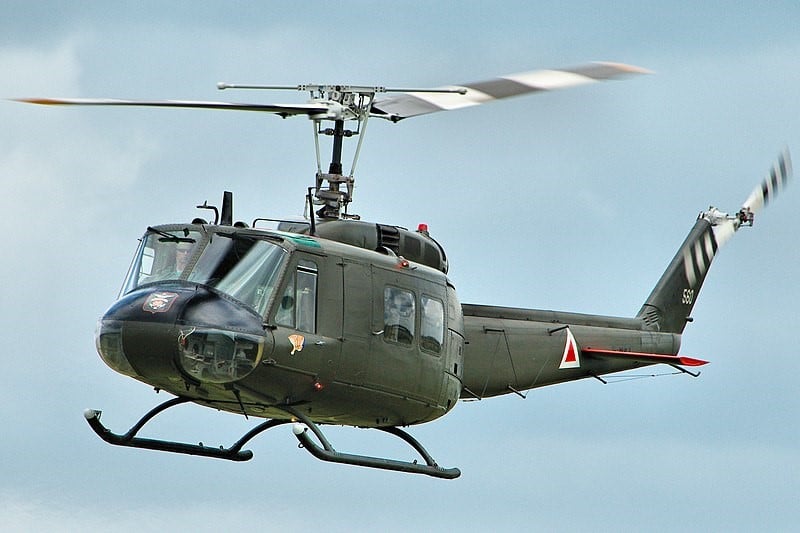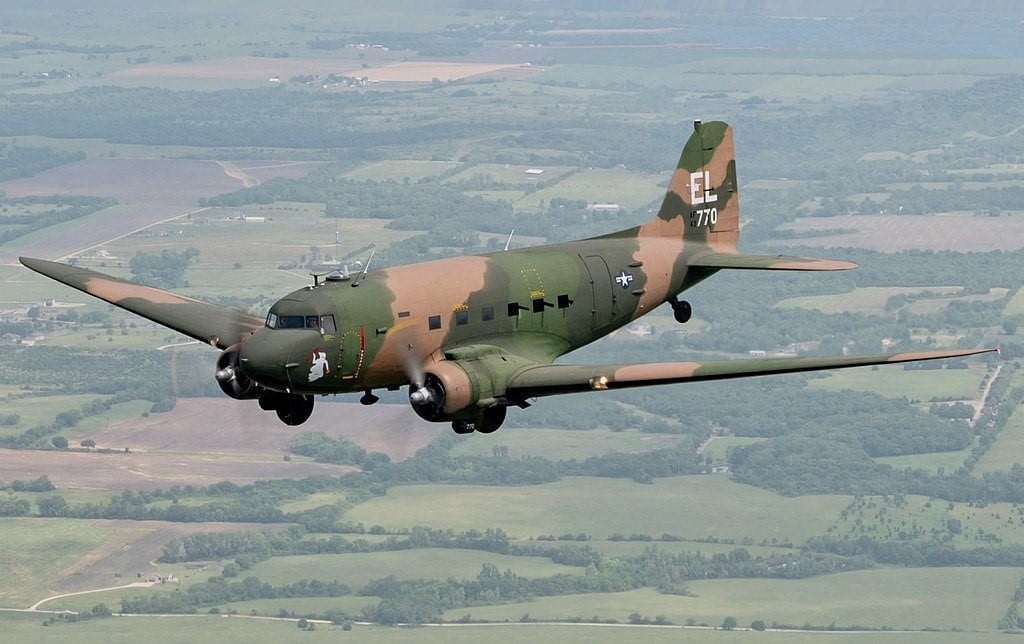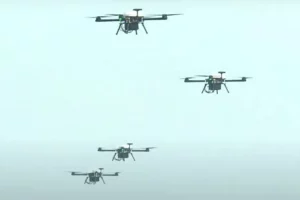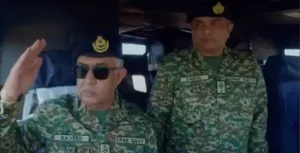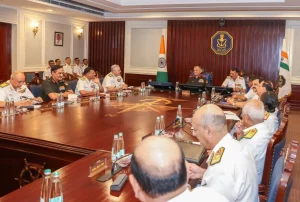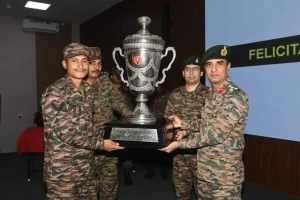In the ever-evolving landscape of modern warfare, the United States military has consistently demonstrated its ability to adapt and innovate. One such area where the US has made significant strides is the realm of psychological operations (PSYOPS), where specialized aircraft have played a crucial role in shaping the outcome of conflicts.
From the iconic Doolittle Raid to the haunting sounds of the “Wandering Soul” campaign, these aircraft have become integral components of the US military’s arsenal, wielding the power of psychological warfare to devastating effect. This article delves into the 5 US Aircraft and Their Role in Psychological Operations (PSYOPS).
Also Read | What Airliner Horns Are For?
1. The Lockheed MC-130H “Combat Talon II” and the Apex of PSYOPS Capabilities
At the forefront of the US Air Force’s PSYOPS arsenal stands the formidable Lockheed MC-130H “Combat Talon II.” This versatile platform, descended from the legendary C-130 Hercules, has been meticulously engineered to execute the most complex and hazardous missions for the Air Force Special Operations Command. Equipped with a vast array of combat capabilities and electronic warfare systems, the Talon II is the epitome of PSYOPS airpower, capable of covert infiltration, exfiltration, and extended low-level operations in any environment.
The Talon II’s ability to seamlessly integrate PSYOPS into its mission set is a testament to the US military’s commitment to leveraging the psychological impact of its actions. Whether it’s broadcasting messages of hope and resilience to local populations or sowing fear and confusion among enemy forces, the Talon II’s versatility ensures that it remains a formidable asset in the PSYOPS arsenal.
2. The North American B-25 “Mitchell” and the Daring Doolittle Raid
The Doolittle Raid, a pivotal moment in World War II, stands as a shining example of how PSYOPS can be woven into the fabric of a military operation. On December 18, 1942, the USS Hornet set sail across the Pacific, carrying a fleet of specially modified North American B-25 “Mitchell” bombers. Their mission: to strike deep into the heart of the Japanese Empire, delivering a devastating blow to the enemy’s war production capabilities.
But the true purpose of the Doolittle Raid went far beyond the physical damage inflicted. Lieutenant Colonel James Doolittle and his brave crews set out to strike fear into the hearts of the Japanese, reminding them that they were not invulnerable. The daring raid, coming on the heels of the Pearl Harbor tragedy, served as a powerful symbol of American resilience and determination, bolstering the morale of the American people and troops on the frontlines.
Also Read | 8 Tips to Face Your Fears and Beat Social Anxiety
3. The Boeing B-29 “Superfortress” and the Firebombing of Tokyo
The Pacific theater of World War II witnessed another pivotal moment in the evolution of PSYOPS, this time involving the mighty Boeing B-29 “Superfortress.” As General Curtis LeMay’s 21st Bomber Command unleashed a relentless campaign of firebombing raids on the Japanese mainland, the psychological impact of these attacks was just as devastating as the physical destruction.
The constant barrage of air raids, accompanied by the ominous wail of air raid sirens and the thundering engines of the Superfortresses, drove millions of Japanese civilians from the cities to the countryside. The leaflets dropped by the bombers, warning of the impending calamity, further amplified the psychological toll on the enemy. This comprehensive PSYOPS approach, combining physical might with psychological warfare, played a crucial role in the Allies’ eventual victory.
4. The Bell UH-1 “Huey” and Operation Wandering Soul
The Vietnam War saw the emergence of a new arena for PSYOPS, with the US Army’s 6th Psychological Operations Battalion pioneering the use of helicopters in psychological warfare. The Bell UH-1 “Huey” became the platform of choice for Operation Wandering Soul, a campaign designed to prey upon the fears and superstitions of North Vietnamese and Viet Cong soldiers.
Equipped with powerful loudspeakers, Huey helicopters and swift attack boats broadcast a chilling array of sounds, from the cries of women and children to the haunting “tightening-knot ghost” that urged enemy troops to commit suicide. The psychological impact of these tactics was profound, with the mere presence of the Huey becoming enough to instill fear and confusion among the enemy forces.
5. The Douglas AC-47 “Spooky” and the Birth of the Gunship
The Douglas AC-47 “Spooky,” also known as “Puff the Magic Dragon,” holds a special place in the annals of PSYOPS history. As the first in a line of formidable US Air Force close-air-support aircraft, the Spooky delivered devastating firepower to the frontlines, striking terror into the hearts of enemy soldiers.
The sheer existence of the Spooky was enough to deter the Vietnamese forces, and when it appeared on the battlefield, the effect was immediate and powerful. The US troops on the ground took comfort in the presence of the gunship, knowing that its fearsome armament of 105mm howitzers, 40mm cannons, and a 25mm Gatling gun would provide them with unparalleled support.
The legacy of the Spooky lives on today in the form of the AC-130U, the latest and greatest flying gunship in the US Air Force Special Operations Command’s arsenal. This formidable platform continues to embody the spirit of PSYOPS, wielding the power of both physical and psychological warfare to achieve mission success.
Also Read | 15 Celebrities You Never Knew Came from Military Families
Conclusion
The US military’s mastery of PSYOPS, as exemplified by these five iconic aircraft, has been a crucial component of its strategic dominance. From the daring Doolittle Raid to the haunting sounds of the “Wandering Soul” campaign, these specialized platforms have demonstrated the profound impact that psychological warfare can have on the outcome of conflicts.
As the nature of modern warfare continues to evolve, the importance of PSYOPS will only grow, and the US military’s ability to leverage its specialized aircraft in this domain will remain a critical advantage. The PSYOPS force, led by the likes of the Lockheed MC-130H, the Boeing B-29, and the Douglas AC-47, stands as a testament to the ingenuity, adaptability, and sheer determination of the United States Armed Forces.
FAQs
1. What does psyops do in the military?
Operating in small, independent teams, PSYOP units perform military information support operations, execute Department of Defense deception activities, enhance partner influence capabilities, and, if requested by the President, offer information support to civil authorities.
2. What are psychological operations in warfare?
Psychological warfare entails the strategic deployment of propaganda and other psychological tactics to sway the opinions, emotions, attitudes, and actions of opposing groups.
3. Is PSYOP a special force?
Civil affairs and psychological operations offer specialized knowledge in the civil-military and informational elements of irregular warfare. They are a key component of the special operations spectrum.
4. How powerful is psychological warfare?
The effectiveness of psychological warfare lies in its ability to render its targets defenseless against its influence when executed properly. It focuses on exploiting the insecurities and desires of its subjects to achieve its goals.
5. What is the objective of PSYOPs?
Psychological operations (PSYOP) involve delivering targeted information and signals to audiences to shape their motivations and logical reasoning, ultimately impacting the behavior of governments, organizations, groups, and major foreign entities.
